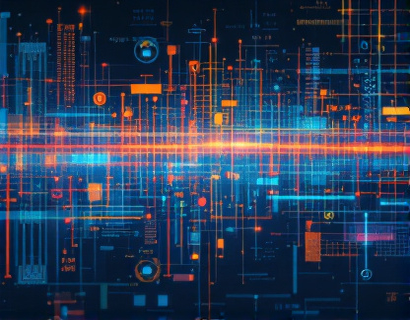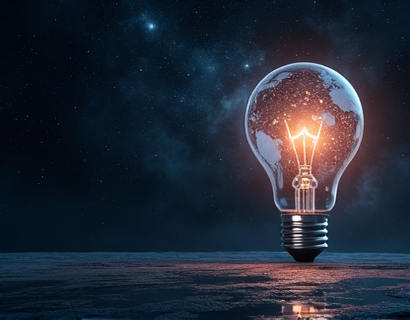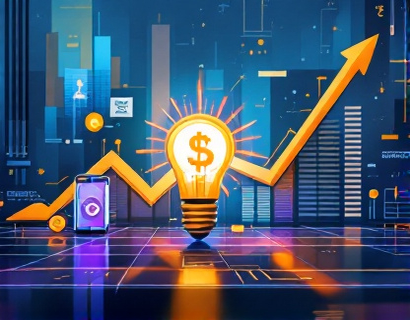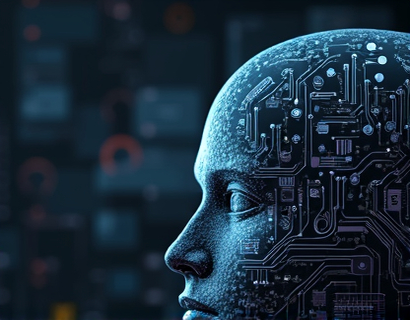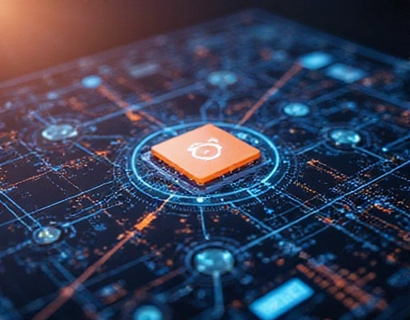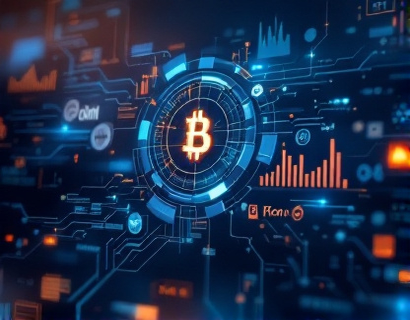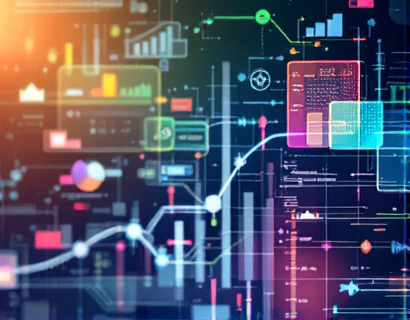Revolutionizing Cross-Blockchain Asset Conversion: The Power of Decentralized dApps
The landscape of blockchain technology is rapidly evolving, with new applications and innovations emerging regularly. One of the most significant challenges in this dynamic environment is the conversion of digital assets across different blockchains. Traditional methods often involve complex processes, high transaction fees, and compatibility issues. However, a cutting-edge decentralized application (dApp) is changing the game by streamlining cross-blockchain digital asset conversion, offering unparalleled compatibility and efficiency. This article delves into the intricacies of this revolutionary dApp, designed specifically for blockchain professionals and digital asset managers seeking innovative solutions.
Understanding the Need for Cross-Blockchain Asset Conversion
The proliferation of various blockchains, each with its unique features and protocols, has led to a fragmented ecosystem. Digital assets created on one blockchain may not be directly usable on another, necessitating conversion. This process is crucial for users who want to leverage the strengths of multiple blockchains, such as scalability, security, or specific smart contract functionalities. Traditional methods of cross-blockchain conversion often involve intermediaries, which can introduce delays, increase costs, and compromise security. A decentralized dApp addresses these issues by providing a direct, trustless, and efficient means of converting digital assets across different blockchains.
How Decentralized dApps Work
Decentralized dApps operate on the principles of blockchain technology, leveraging smart contracts to automate and secure transactions without the need for intermediaries. In the context of cross-blockchain asset conversion, a decentralized dApp serves as a bridge between different blockchains. Here’s a high-level overview of how it functions:
- Asset Locking: The user initiates the conversion process by locking the desired digital asset in a smart contract on the source blockchain.
- Smart Contract Execution: The smart contract executes a series of predefined steps to create an equivalent asset on the target blockchain. This includes verifying the asset's properties and ensuring compliance with the target blockchain's rules.
- Cross-Chain Communication: The dApp utilizes cross-chain protocols to facilitate communication between the source and target blockchains. These protocols ensure that the asset's metadata and value are accurately transferred.
- Asset Unlocking: Once the conversion is complete, the user receives the converted asset on the target blockchain, ready for use.
This process is entirely automated and transparent, with all transactions recorded on the blockchain. The use of smart contracts ensures that the conversion is executed precisely as programmed, reducing the risk of errors or fraudulent activities.
Benefits of Using a Decentralized dApp for Cross-Blockchain Conversion
The adoption of a decentralized dApp for cross-blockchain asset conversion offers numerous advantages over traditional methods:
Enhanced Security
Decentralized dApps eliminate the need for central authorities, reducing the risk of single points of failure and enhancing overall security. Smart contracts are immutable and auditable, ensuring that the conversion process is transparent and tamper-proof.
Reduced Costs
By removing intermediaries, decentralized dApps significantly lower transaction fees. Users can convert digital assets without incurring the high costs associated with traditional exchange platforms or middlemen.
Increased Efficiency
The automation of the conversion process through smart contracts speeds up the entire procedure. Users can complete conversions in minutes, compared to hours or even days with traditional methods.
Greater Flexibility
Decentralized dApps support a wide range of blockchains and asset types, providing users with the flexibility to convert assets between virtually any pair of blockchains. This versatility is particularly valuable for digital asset managers who need to operate across multiple ecosystems.
Improved User Control
Users maintain full control over their assets throughout the conversion process. They can monitor the progress in real-time and ensure that the conversion is executed as intended, without relying on third parties.
Technical Underpinnings of Cross-Blockchain Conversion dApps
To understand the technical sophistication behind these dApps, it’s essential to explore the key components and technologies involved:
Cross-Chain Protocols
Cross-chain protocols are the backbone of decentralized dApps for asset conversion. These protocols enable communication and asset transfer between different blockchains. Some of the most prominent cross-chain protocols include:
- Cosmos SDK: A modular framework that allows developers to create interoperable blockchains.
- Polkadot: A decentralized network that connects multiple specialized blockchains, enabling seamless asset and data transfer.
- Wrapped Assets: A method used on Ethereum to represent assets from other blockchains, allowing for interoperability within the Ethereum ecosystem.
Smart Contracts
Smart contracts are self-executing contracts with the terms of the agreement directly written into code. In the context of cross-blockchain conversion, smart contracts handle the entire process, from asset locking to unlocking the converted asset. They ensure that each step is executed correctly and securely, without the need for intermediaries.
Oracles
Oracles play a crucial role in decentralized dApps by providing reliable and trustless data feeds. In cross-blockchain conversion, oracles can be used to fetch real-time data about asset balances, prices, and other relevant information from different blockchains, ensuring the conversion process is accurate and up-to-date.
Use Cases and Applications
The versatility of decentralized dApps for cross-blockchain asset conversion opens up a wide range of use cases and applications:
Portfolio Diversification
Digital asset managers can use these dApps to diversify their portfolios by easily converting assets between blockchains. This allows for better risk management and the ability to capitalize on opportunities across different ecosystems.
Decentralized Finance (DeFi)
In the DeFi space, cross-blockchain interoperability is crucial. Decentralized dApps enable users to access a broader range of financial products and services, such as lending, borrowing, and yield farming, across multiple blockchains.
Cross-Chain Trading
Traders can benefit from the ability to convert assets seamlessly between blockchains, facilitating cross-chain trading and arbitrage opportunities. This enhances liquidity and efficiency in the market.
Asset Liquidity
For projects and platforms looking to increase asset liquidity, decentralized dApps provide a straightforward way to convert assets into more liquid forms on different blockchains, attracting more users and participants.
Challenges and Future Developments
While decentralized dApps for cross-blockchain asset conversion offer significant advantages, there are still challenges to overcome:
Scalability
Ensuring that the dApp can handle a high volume of transactions without performance degradation is a critical challenge. Ongoing research and development in blockchain scalability solutions, such as layer 2 protocols, will be essential.
Regulatory Compliance
As the regulatory landscape for blockchain and cryptocurrencies continues to evolve, decentralized dApps must navigate varying legal requirements across different jurisdictions. Compliance with regulations will be crucial for widespread adoption.
User Adoption
Educating users about the benefits and functionality of decentralized dApps is vital for driving adoption. User-friendly interfaces and comprehensive documentation can help bridge the knowledge gap.
Looking ahead, the future of cross-blockchain asset conversion dApps is promising. Advancements in blockchain technology, increased regulatory clarity, and growing user awareness will likely lead to more sophisticated and widely adopted solutions.
Conclusion
The introduction of decentralized dApps for cross-blockchain digital asset conversion marks a significant milestone in the blockchain ecosystem. By addressing the challenges of interoperability, security, and efficiency, these dApps empower blockchain professionals and digital asset managers to operate more effectively in a fragmented yet dynamic environment. As the technology continues to evolve, the potential for innovation and growth in the blockchain space is immense.




